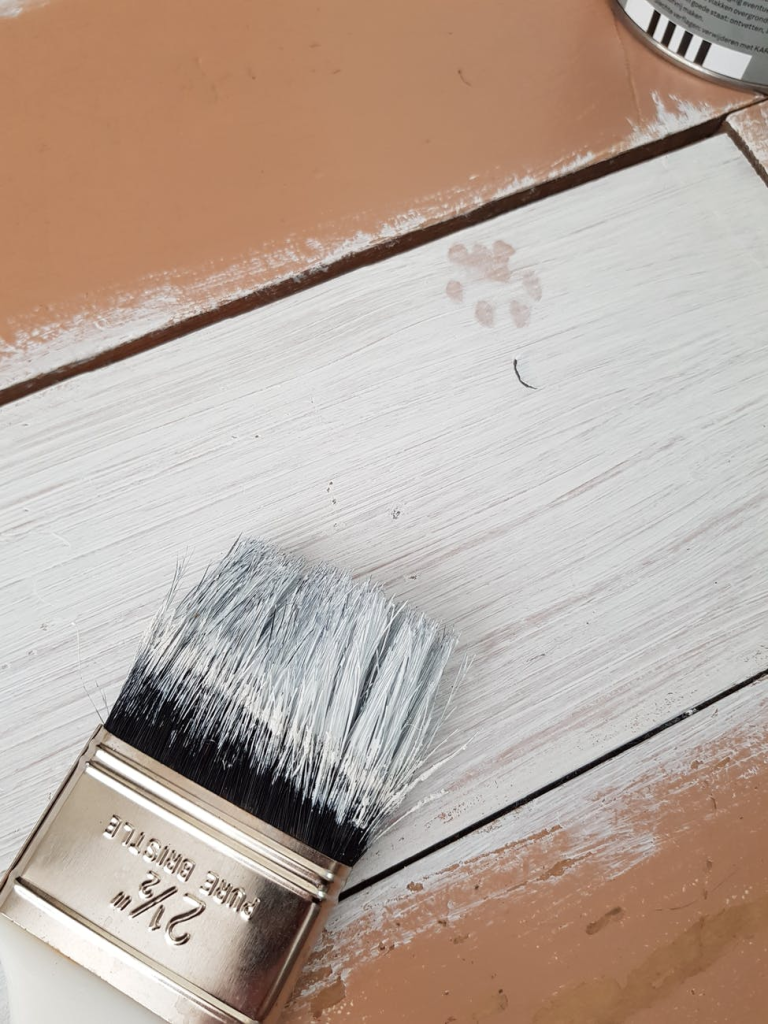Can You Paint Pressure-Treated Wood?


Good news! You can stain or paint pressure-treated wood. This induces an attractive and long-lasting finish that should be determined by the level of moisture of the wood. Right after, that is the best time to apply the suitable type of primer and paint. Under the best of circumstances, if you paint pressure-treated wood with the incorrect products or, more critically, too quickly, you will also have a flaking paint nightmare. By prolonging the life of wood beyond its natural lifespan in severe outdoor environments, pressure-treated lumber has proven a godsend for exterior projects. When performed incorrectly, the same process that provides wood its protection and conservation properties may impact negatively on stain or paintwork. In this post, you will know more about painting pressure-treated wood and how to allow the coverage to last longer than expected.
How to Tell if the Pressure-Treated Wood is Ready to Paint?
Usually, a simple test can tell you when your treated wood is ready to paint. Gently dab a few drops of water on the treated wood. If the water absorbs further into wood crevices, the treated wood is ready to be painted. Moreover, if the water accumulates on the surface, you must probably wait a little longer. In addition, dried treated lumber will turn a pale yellow-brown tint. Wet-treated wood, on the other hand, will appear excessively green and black.
Which is Better Between Painting and Staining Pressure-Treated Wood?
Wet lumber can restrict how well paint sticks to the wood for comparable reasons, but the addition of chemicals in pressure-treated wood makes it challenging for the paint to adhere; this is why staining pressure-treated wood is recommended compared to painting since painting takes additional preparation.
Pressure-treated wood is wood that has been subjected to tremendous pressure to inject a solution of water and protective chemicals deep into the wood grain. This treatment is designed to keep the wood from decaying and prolong its life. This enables pressure-treated lumber appropriate for exterior applications such as decking and fencing, where it will be constantly exposed to temperature and humidity and instead would deteriorate rapidly.
Nevertheless, it is because of this pressure treatment that a staining or painting job can underperform so repeatedly. Pressure-treated wood is always wet immediately after the treatment, and it stays wet for weeks in most situations. To be successful, the wood must absorb the stain, thus it has to be dry before staining.
How to Paint Pressure-Treated Wood?
The very first thing you should do before beginning to paint is too deep clean the wood. Wash away any dust and dirt from the wood using water and soap. To be thorough, you may need to scrub with a dry cloth. When completed, wipe it down with a dry cloth and leave it to dry completely.
Dry the Piece of Wood
As explained previously, the wood requires drying time due to the chemicals used to treat it and the water used to cleanse it. This process can take anywhere from just a few weeks to a few more months. Pressure-treated wood which has been kiln-dried following preparation will dry out considerably quicker. If you have a venture that can’t wait, select kiln-dried wood.
Apply a Layer of Primer
Before painting or staining untreated wood, it should be primed. Because of its significant solids content, primer produces the smooth finish necessary for the paint to glide easily. It also acts as a protective shield; woods typically consume a lot of paint, which means additional work – and perhaps more money – that could otherwise be conserved. The primer you purchase should be complementary with the paint you wish to use: latex paint demands a stain-blocking latex or oil-based primer, whilst oil-based paint demands a stain-blocking oil-based primer.
Paint or Stain the Wood
After the primer layer has dried completely, the paint or stain can be applied. The stain could be simple to apply, and it will not fill up crevices and then provide the color options that paint does. Painting pressure-treated wood can drastically alter its image and fill up any fractures or defects. If you choose to paint, we suggest at least two coats. Avoid using oil-based paints on treated wood since latex clings considerably better. It may take a bit longer, but the added protection from the heat and environment that a double coat offers will be well worth the extra time.
